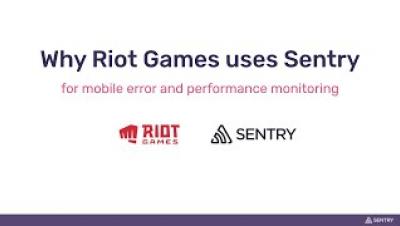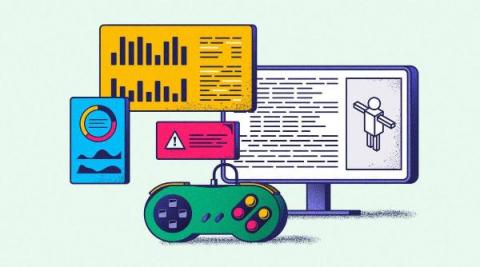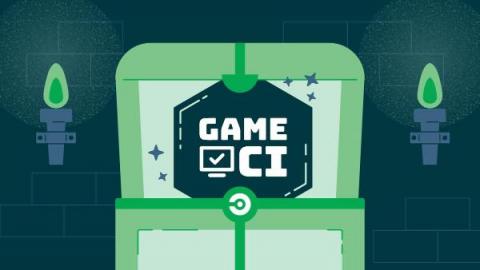Operations | Monitoring | ITSM | DevOps | Cloud
Gaming
Improve Gaming Performance on Android without Root
#androidtips #shorts #games #androidgames
6 Tips on Getting Paper Writing Help With Video Games Essay
How to get started with Sentry's Unity SDK - Part 1
User experience and performance are two of the most important metrics of any game. You need to ensure that it runs as optimally as possible on any platform. Ideally, you don’t want to wait for players to angrily tell you something is not working or worse, broken. In a perfect world you’d get notified about any issues that arise in your game with as much context surrounding the issue as possible.
Application Performance Monitoring in the Gaming Industry
The gaming industry delivers specialized software at scale to users who expect a flawless interface. Application performance monitoring (APM) will measure critical software performance parameters using telemetry data. By monitoring this data, teams can ensure their game delivers the best user experience and quickly detect when the software needs updates to fix errors or meet key performance indicators (KPIs).
Understanding Performance Testing in Unity: A Real-World Example
Performance testing is an important part of any application. It helps developers to increase the application reliability while providing a smooth user experience to the end users. However, when it comes to Unity projects, games and interactive applications have a higher requirement for performance compared to traditional applications.
Can Observability Push Gaming Into the Next Sphere?
The gaming industry is an extensive software market segment, reaching over $225 billion US in 2022. This staggering number represents gaming software sales to users with high expectations of game releases. User acquisition takes up a large part of software budgets, with $14.5 billion US spending globally in 2021. User retention is critical to the success of any game, especially where monetization requires driving in-app purchases and ad revenue.
Benefits of Learning Python for Game Development
The world of computer games is vast, ranging from single-player agility games and logic puzzles with simple 2D animations to the stunning graphics in 3D rendered massive multiplayer online role-playing games like the Lost Ark. Wanting to design and build your own games is a common motivator for learning to code while building a portfolio of work is an essential step for breaking into the gaming industry.
Fun Ways To Hack Your Favourite Video Games
CI/CD for Unity game development with GameCI's Unity orb
We recently partnered with GameCI to bridge the gap between CircleCI and the game development scene. This partnership brought forth the Unity orb, a reusable component of config you can plug into your CircleCI configuration file to build and test your Unity projects. For a while now, continuous integration and delivery have been part of the software development cookbook of several software houses and IT departments. However, this is often not the case in game development.










